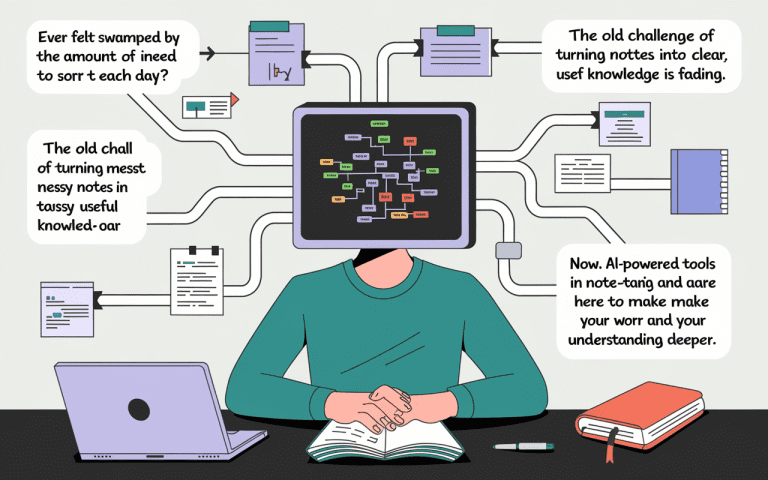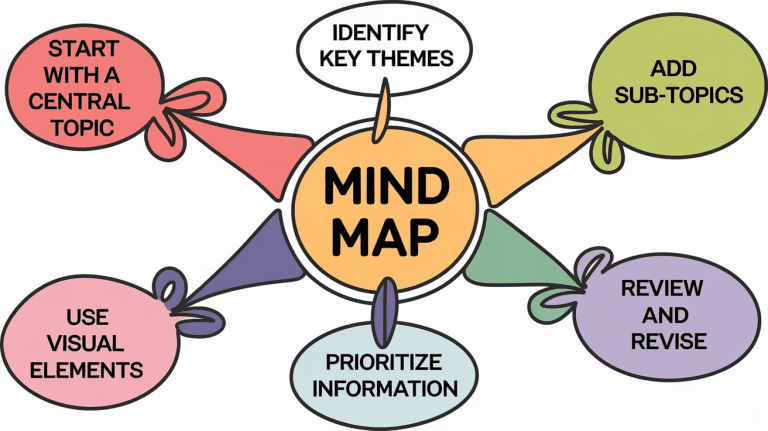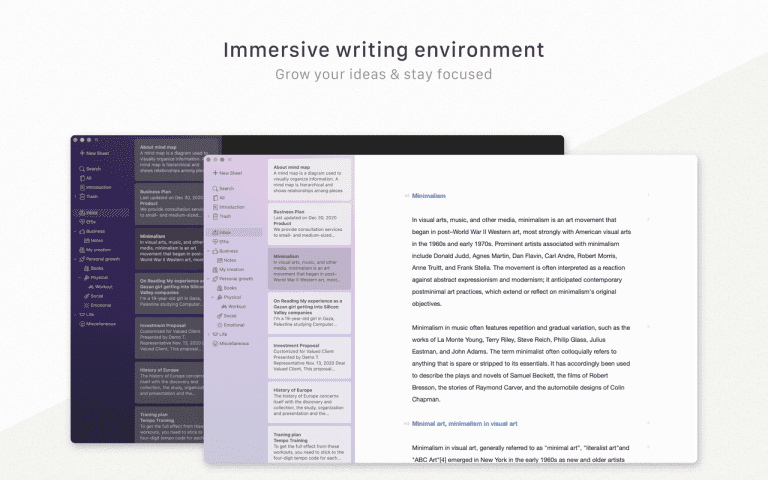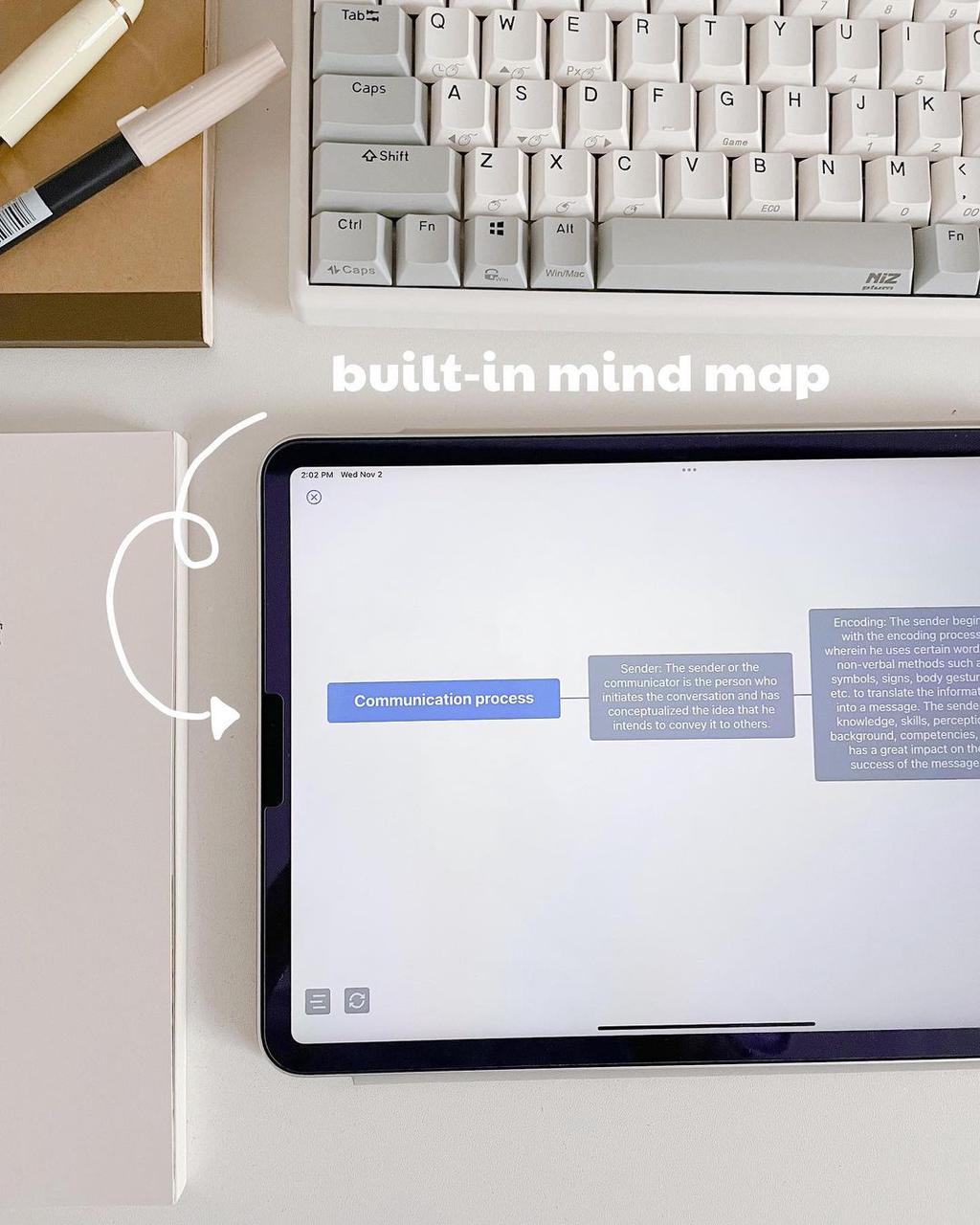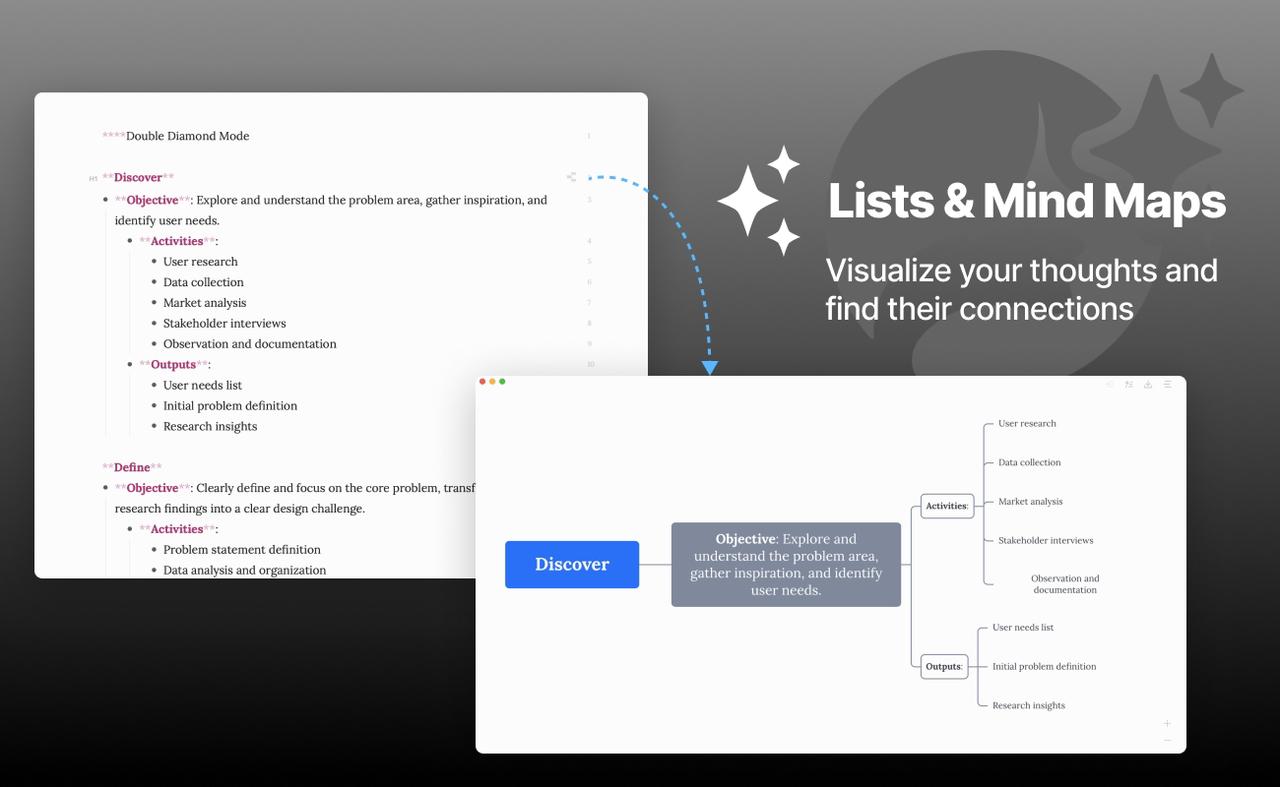Reduce the Framing Effect with Mind Maps for Better Decision-making
When a professional in health care is about to inform a patient about the risk of the treatment, they’ll pay special attention to the way the information is delivered.

Why does it matter?
Because how the message is presented will have a large influence on what judgment and decision the patient will make – whether it’s necessary to receive the treatment.
This is known as the framing effect, one of the largest biases in the decision-making process that you tend to make decisions based on whether the option is a gain or a loss.

When you constrain yourself to only two options, you’re also eliminating other possibilities and variations. To avoid getting framed, you need to first understand the main cause of the framing effect.
Why your mind keeps getting trapped in a frame?
In the world you’re living, you’re too often put in a situation where you have to make a quick decision or give yes-or-no answers to a series of questions as your parents, teachers, and employers value the result more than the process.
Therefore, to achieve efficiency, your brain will automatically extract lessons from previous experience (taking shortcuts), either from yourself or others, to replicate success (avoiding loss).
In this way, you don’t need to make every decision all by yourself. And in the meantime, you wouldn’t go so wrong.
Your brain takes shortcuts
Your brain enjoys taking mental shortcuts (also known as heuristics in psychology) to save energy and achieve efficiency, so it can then centers on something more essential.

However, the quickest way isn’t necessarily the best way. In fact, such shortcuts often lead to poor decision-making as proved by psychologists at Duke University in 2017.
In their experiment, even though the participants were asked to make choices under the same level of risk, their brains analyzed each scenario differently, thus, leading to divergent decisions.
Loss aversion
Other than taking mental shortcuts, you also tend to avoid losses than achieving equivalent gains. This is known as loss aversion, firstly developed by Amos Tversky and Daniel Kahneman.
Some studies even showed that losses are twice as powerful as gains, which means you’ll feel more painful over the loss than you’d feel happy over the same amount of gains.

No wonder you want to avoid losses.
But did you?
In most cases, you’re predicting the unpredictable. Even though you can be experienced enough to estimate most of the consequences, it’s impossible to make it all right. The decision then made under such circumstances can be misleading when avoiding losses is your top concern.
By understanding the reasons behind this, let’s now take a look at some typical types of framing that influence your judgment.
Typical types of framing that cloud your judgment
The framing effect gets in the way of your decision-making so frequently that you can hardly notice. The most common framings can be easily achieved by audio, visual, and value.
Take a look below to see how you get framed by these three manners.
Auditory framing
Sometimes, even when you know you lack supporting evidence for something, you still believe it anyway. Just because the one who delivers that message to you delivers it with absolute certainty.
“Our product kills all the household insects,” said the clerk with a reassuring smile.
The minute you hear the word kills all, you’ll start to think, “right, that’s what I want”. If you’re by chance in a hurry, you’re most likely to take it right away without further verification.

But when you later use it, you find it not as effective as the clerk had promised. It kills many, but apparently not all.
See? You just somehow take a stranger’s words for granted even when later it turns out to be against the fact.
They don’t even need to change the expression but deliver it with more confidence and assurance. The more confident and assertive they sound, the more likely customers will pay for the products or services.
Visual framing
The effect of visual framing can be as influential as auditory framing. The most widely-used visual framings can be achieved through colors and wordings.
When you open a food menu, you’d expect something that looks good in the photos, right? Some restaurants choose vibrant colors that help to win more attention and crowd.
Sometimes, even when the pictures are shown for illustration only, the restaurants still insist to use eye-catching ones to boost sales.
Does it work?
Research suggests that vibrant colors, such as red, orange, and yellow trigger appetite and grasp attention.
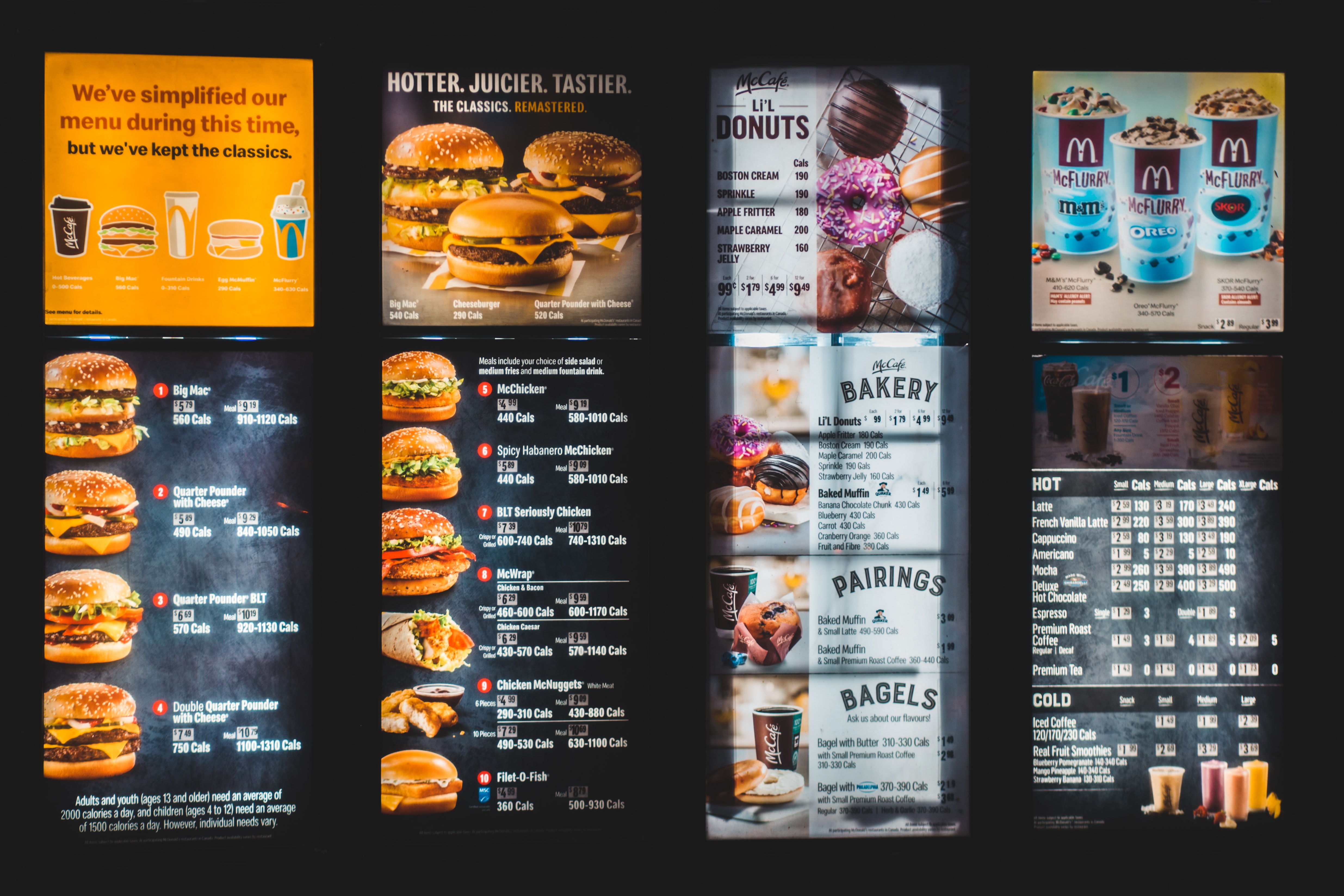
Just think about the menus of your favorite fast-food restaurant, aren’t these the most common color combo you’ve seen all the time?
And what happens when you see these colors? You stop and grab a bite.
When it comes to wording framings, it has a lot to do with how the choice of words will influence your judgment.
In a car crash study, the psychologist Elizabeth Loftus found how differently people would react to phrasing. After the participants saw the film of a traffic accident, they were asked to answer some questions related to it:
“About how fast were the cars going when they contacted each other?”

The same question was asked, but with a different verb hit, bumped, collided, or smashed in replace of contracted.
As it turned out, participants estimated the speed differently as per the wording. The estimated speed was 31mph for those who saw contracted in their questions, 34mph for hit, 38mph for bumped, 39mph for collided, and 41mph for smashed.
This theory is quite commonly seen in advertisements. Just with a simple rephrasing, emphasizing the bright side of your product, for instance, you’ll win the heart of not just one, but many customers.
Value framing
Normally, when you value a product, you’ll ponder over the original pricing and the discount. Even some of you who are good at math may falsely believe that you’re getting a much better offer when that’s not what really happens.
For instance:
A. 10% off a $50 sweater Vs. $5 off a $50 sweater
B. 20% off a $1,000 computer Vs. $200 off a $1,000 computer
Which one will you choose?
Think before you shout out your answer. Just on second thoughts, you’ll find that both share the same meaning.

This pricing technique is known as the Rule of 100, developed by Jonah Berger, the author of Contagious: Why Things Catch On.
The theory tells that when the price of a good is below 100, discounts in percentage appear to be larger than absolute discounts. However, when it’s over 100, the outcome is vice versa.
At this point, you may wonder is there ever a way to avoid the pitfall of the framing effect.
The answer is affirmative.
Simply a mind map will do the work. It will pull you out of the framing trap and prevent you from falling again. Read on to know more about how to create mind maps for better decision-making.
How to make better decisions with mind maps?
Questioning yourself is quite useful to help you jump out of a frame. Rather than giving a yes or no answer, you can reserve doubts and explore other possibilities.
The problem is, will you remember to question yourself every time you make a decision?
You WILL if you use mind mapping as it helps to build a mindset against the framing.

Therefore, whenever you run into a framing situation, you’ll automatically start to think from multiple angles. Let’s then move on to see the four steps you can follow to make a mind map against framing:
1. Reframe the problem
How you reframe a problem will influence what solutions you’ll come up with. Therefore, a good question in the analysis is more likely to generate better answers.
So instead of working on the solutions right away, it’s recommended to work on your problem first, brainstorming your question just like how you’d normally brainstorm for the answers.
For example, when you’re applying for work, the typical questions would be:
-What kind of job should I apply for as a student of XXX major?
To reframe the question, here’s a set of questions that encourages you to look at things from other angles:
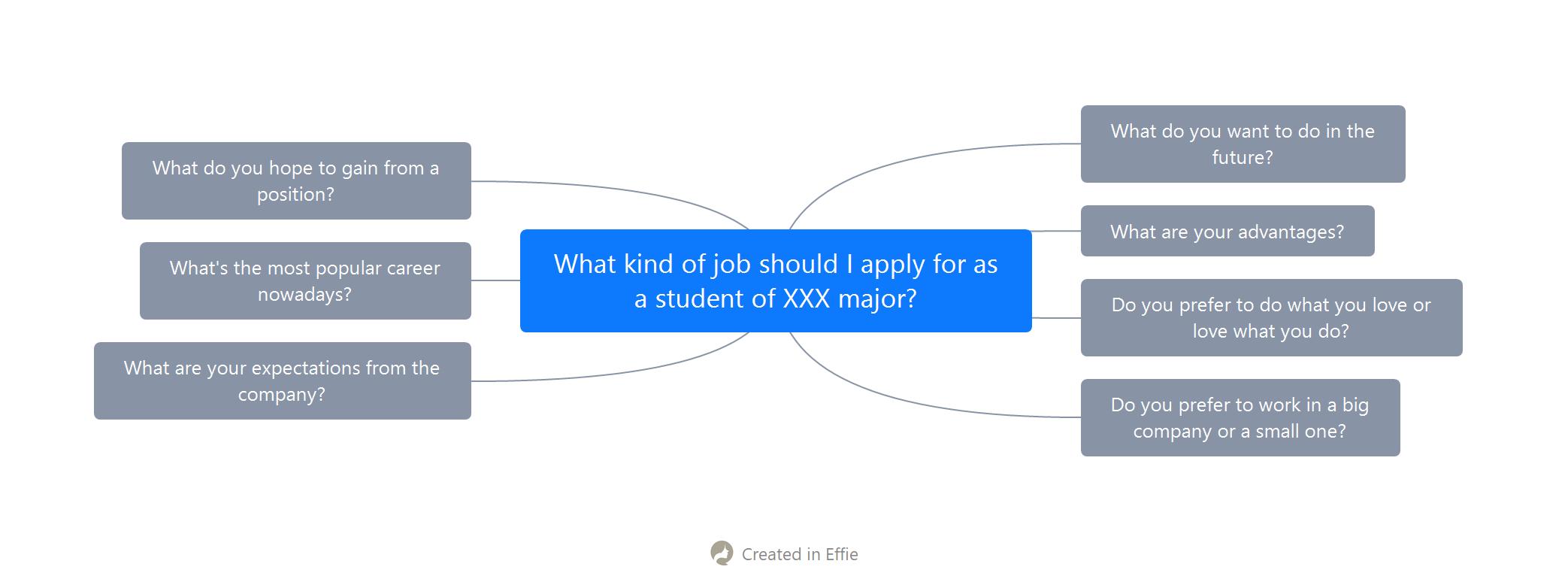
There, you’re expanding your question further. As a result, when you work on your answers later, you’re more likely to come up with other options you normally wouldn’t think of.
2. Map out possible solutions
The tendency to come up with common answers for a problem is because you only allow yourself to think of the good ones but eliminate the bad ones.
However, the way you distinguish a good answer from a bad one can be quite subjective as it has something to do with what you believe to be right or wrong, e.g.:
For a vegetarian: junk food won’t be a healthy diet.
For a moviegoer: popcorn or corn chips are great choices for snacks when watching a movie.
Another reason that you should also pay attention to bad ideas is that “stupid or ridiculous ideas open up the frame by allowing you to push past obvious solutions,” said Tina Seelig from Standford University.
By listing out all the bad ideas, you’ll then think about if there is a possibility to turn them into good ones.
Back in the past, when IKEA was experiencing a shortage of manpower and increasing customers complaining about the waiting, they didn’t solve the problem by hiring more employees, rather, they offer something different.
Here’s how a bad solution turned out to be a good one:
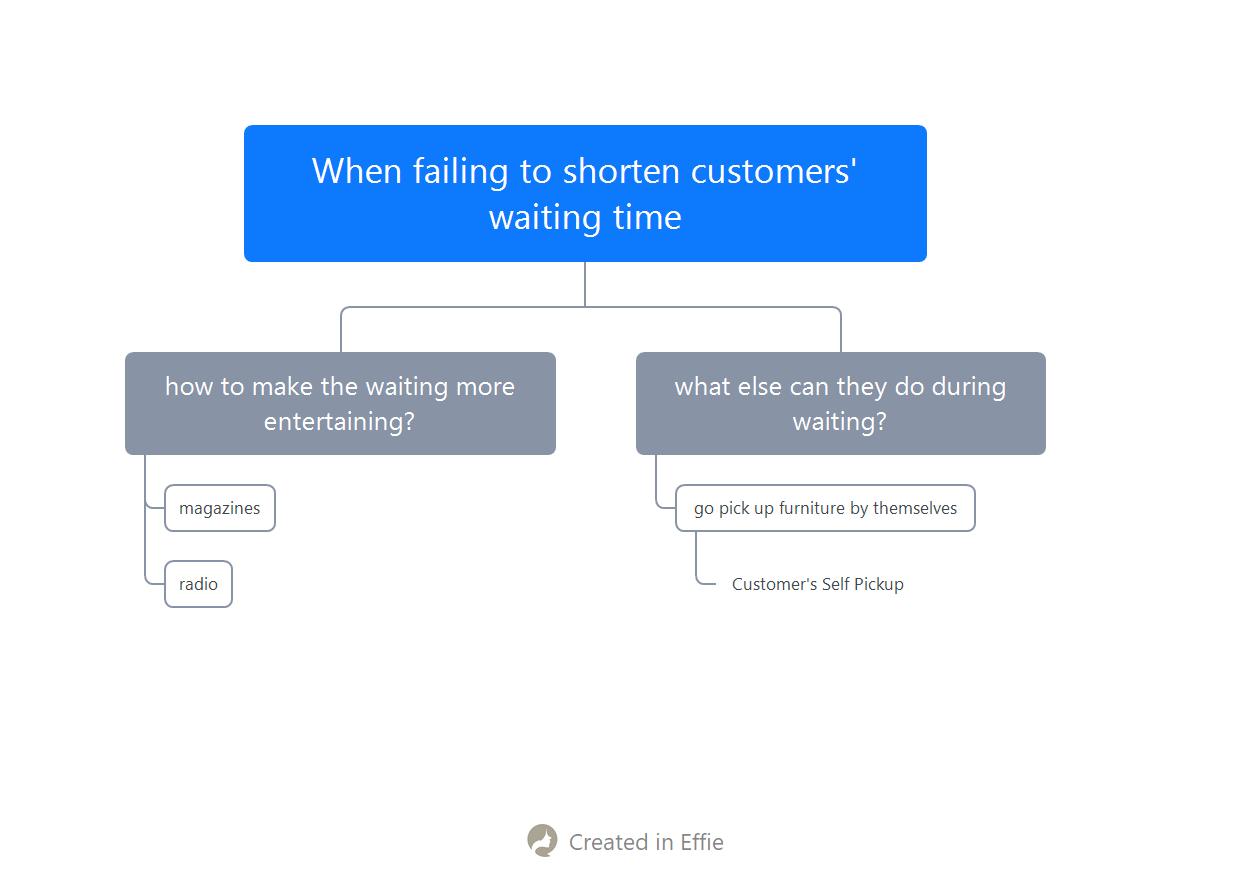
3. Make new connections
After you map out all the potential options, it’s also critical to make new connections to get a clear picture of what you care about most by figuring out key factors and relationships, e.g.:
Question: What personality do you value most in a relationship?
Possible answers could be as presented in the below mind map:
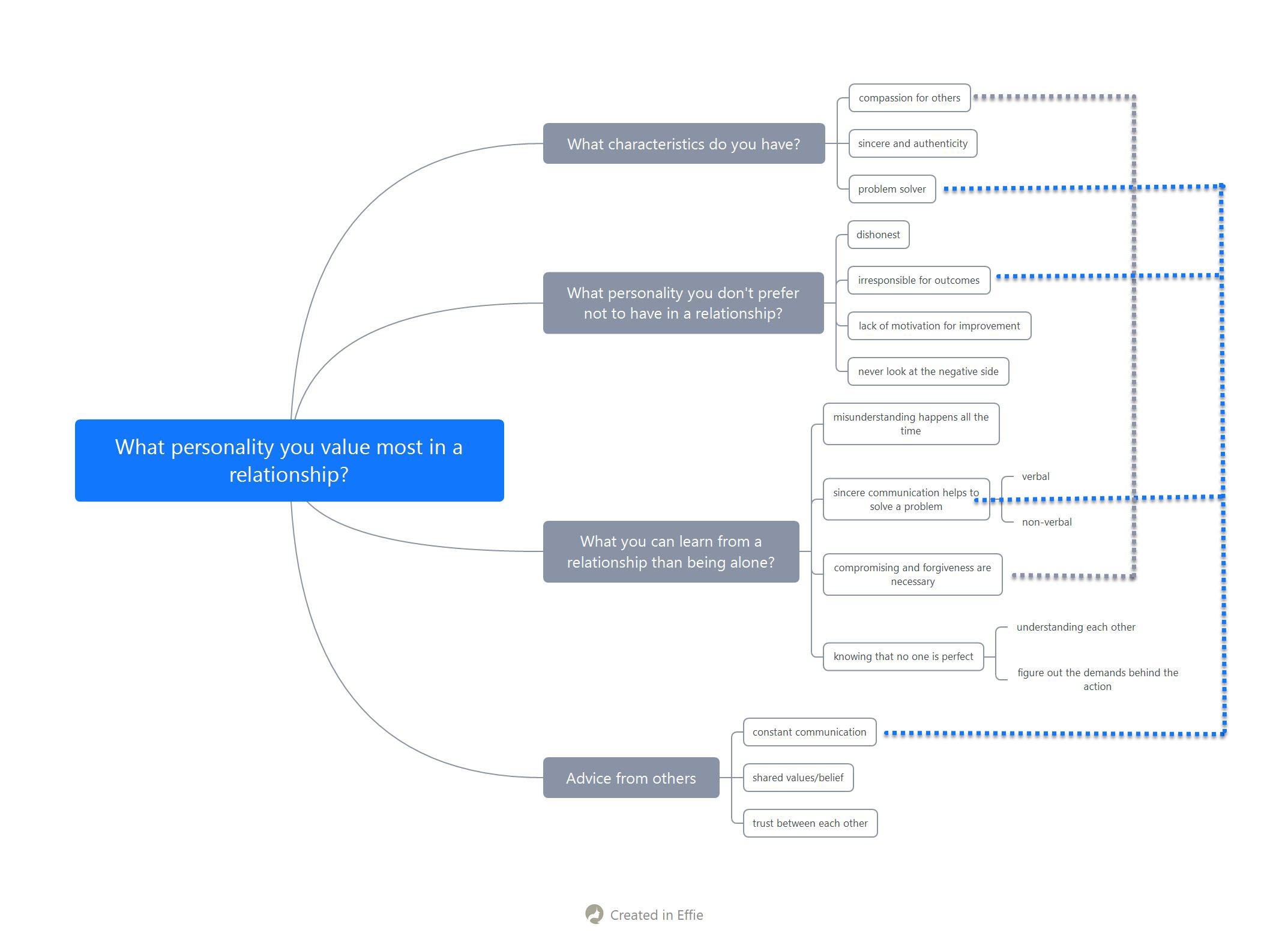
As presented, it’s not hard to find that communication can be what you value most in a relationship since it’s mentioned four times.
Therefore, when you’re seeing someone, that could be your major concern. In this way, you’re less likely to get swooned over just by how good-looking they are, how much money they earn, and what promises they make, as you know deeply what you value the most.
Each big decision you’re about to make can be as challenging as finding your lifetime partner, so take more thought into it.
Use mind maps to expand your questions and solutions and generate more possibilities by making new connections.
The more you add to your mind map, the closer you’ll get to your heart and what’s essential, hence, the better decision you’ll make.
So without further ado, check out the mind map in Effie right now, to see for yourself if you’re making the right decision.


